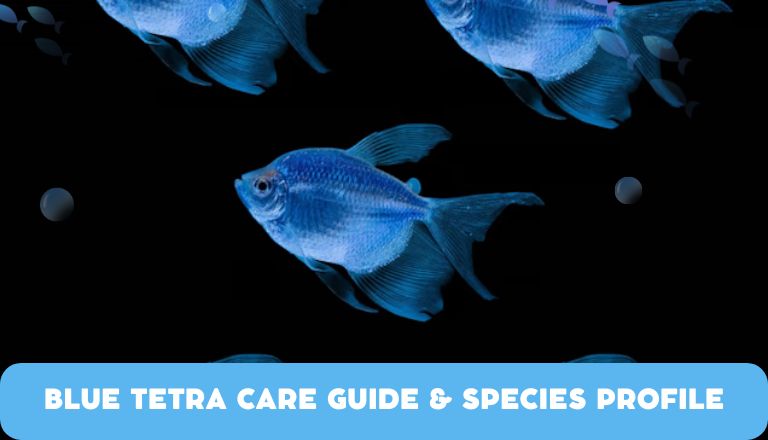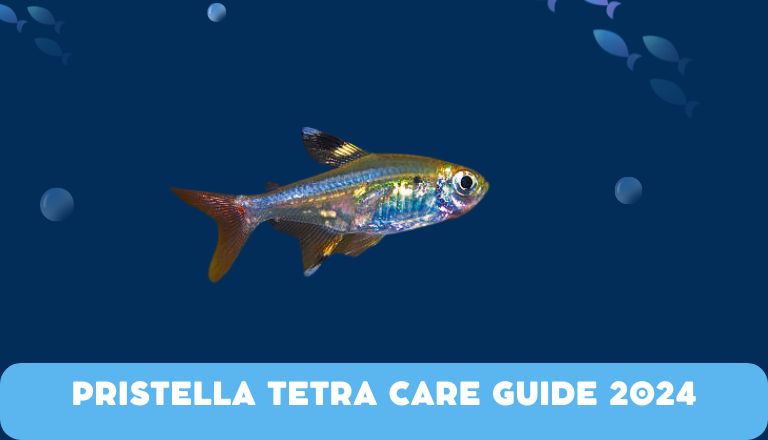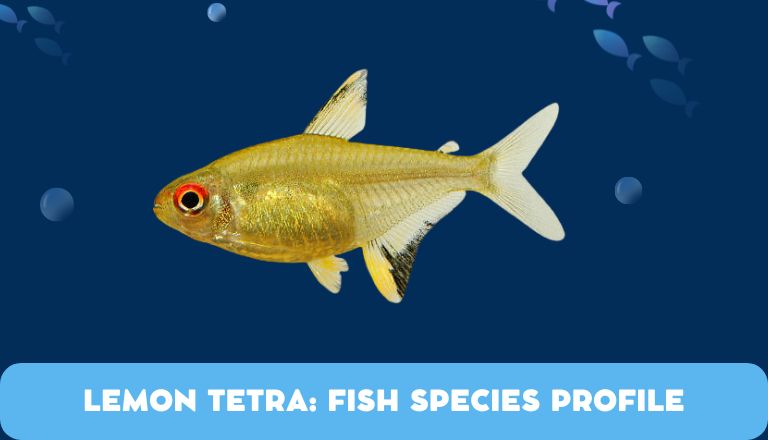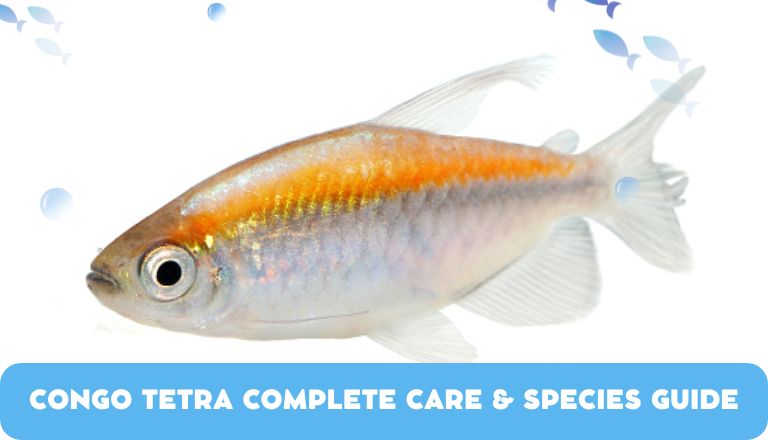Blue Tetra Care Guide & Species Profile
Are you ready to dive into the vibrant world of Blue Tetras? These tiny, shimmering fish captivate any aquarium enthusiast with their striking blue bodies and lively personalities. In this Blue Tetra care guide and species profile, we will explore everything you need to know about keeping these mesmerizing creatures happy and healthy in your tank.
Join us as we unravel the secrets of these stunning fish. We discovered why they are a must-have addition to any aquarium. Whether you’re experienced or new, get ready to enjoy the beauty of the Blue Tetra fish.
Blue Tetra Facts & Overview
The scientific name of Blue Tetra is Boehlkea fredcochui. It is a small and vibrant freshwater fish. It hails from South America. Its common name is Cochu’s Blue Tetra or the Blue King Tetra. This species can be found in river basins within regions like Venezuela, Brazil, and Colombia. These fish grow about 1.5 inches in size. It has a lifespan of around 3-5 years.
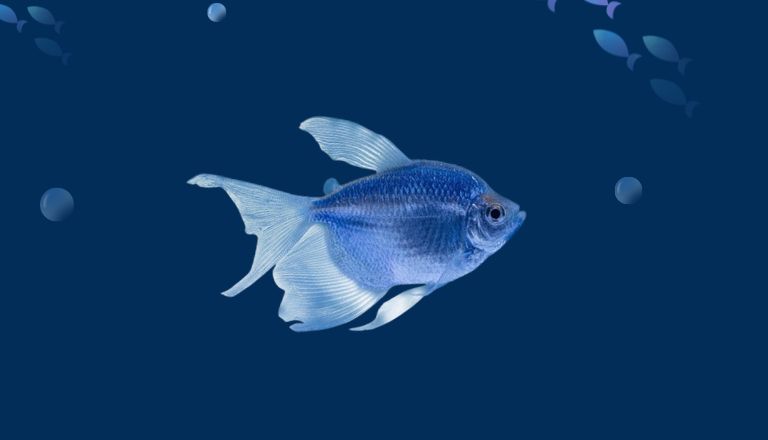
Blue Tetra has shades of blue with hints of silver. Their diet consists of small live foods such as daphnia or brine shrimp. These are known for their lively and social temperament. House them in a tank no smaller than 10 gallons with slightly acidic water and moderate hardness levels.
Origin
The Blue Tetra was first identified in the 1980s by ichthyologist Dr. Stanley Holidat. This stunning fish is native to the rivers and streams of South America. This species can be found in Brazil and Peru. Their natural habitat is densely planted areas with moderate water flow.
Blue Tetra Size & Lifespan
An adult Blue tetras size is 1 to 1.5 inches. They can live up to 3-5 years under proper care and conditions. Provide them with a well-maintained tank environment, suitable water parameters, and a balanced diet to reach their full lifespan potential.
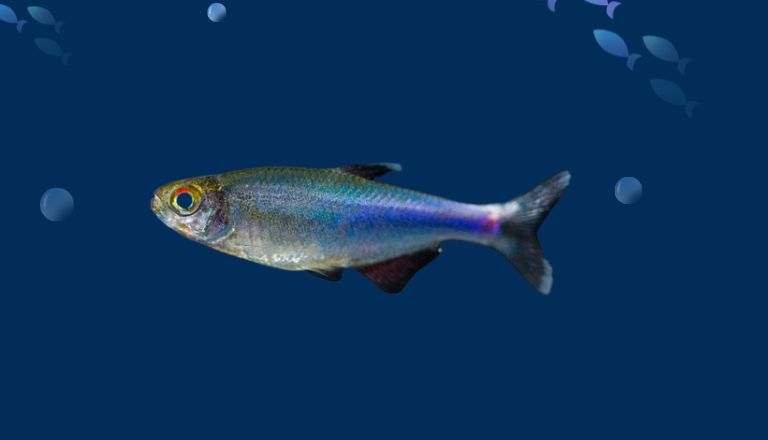
With a stress-free environment with plenty of hiding spots and compatible tank mates your tetras thrive and enjoy a healthy lifespan in your aquarium.
Availability
Blue Tetras are available in most pet stores. These fish can be found at reasonable prices, ranging from $2 to $5 per fish. Online vendors also offer Blue Tetras for purchase. Availability may vary depending on location and season.
Some hobbyists have reported success finding Blue Tetras at local aquarium club meetings or through online forums dedicated to fishkeeping. The availability of Blue Tetras has made them a popular choice among beginner and experienced aquarists.
Appearance & Behavior
The Blue Tetra fish is known for its vibrant blue color. Its slender and elongated iridescent scales shimmer under the light. The fins of the Blue Tetra are transparent.These small fish are peaceful by nature. These live in groups of their kind. They are active swimmers. They enjoy exploring their environment.
They are known for their playful interactions with each other.The combination of their stunning appearance and engaging behavior makes them a popular choice among aquarists.
Colors, Patterns, Fins, and Sex Differences
The Blue Tetra fish is known for its striking blue coloration. It can vary from a vibrant sky blue to a more subdued turquoise hue. The color intensity depends on the fish’s mood and health. Their shimmering scales reflect light.
These small tetras possess unique patterns on their bodies. Some individuals feature dark horizontal stripes or spots that contrast against their bright blue color. These patterns provide camouflage in their natural habitats.
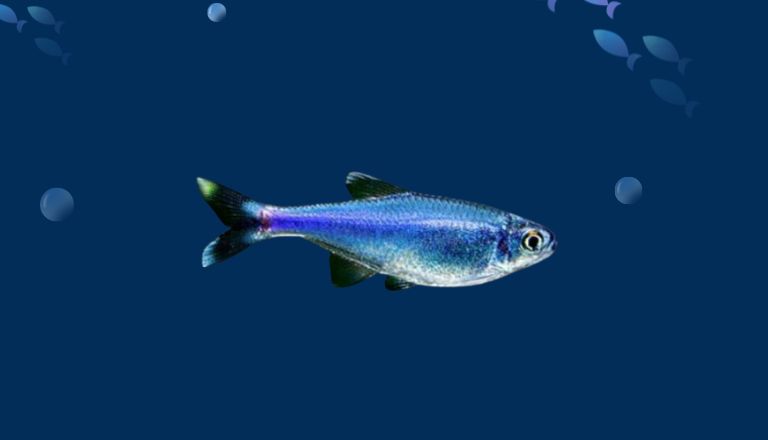
Male Blue Tetras display longer and more elaborate fins compared to females. Males may have elongated dorsal and anal fins. It enhances their visual appeal during courtship displays. Males exhibit brighter colors to attract potential mates. Females have a more subtle appearance.
These sex differences play an important role in the reproductive behavior of these fish.
Typical Behavior
Blue tetras are known for their playful behavior. They dart around the aquarium in a synchronized manner. This behavior establishes their social hierarchy within the group. They move together, like a choreographed dance.
They can be quite territorial when it comes to defending their favorite spots in the tank. They may engage in mild disputes with other fish but do not cause harm. This behavior showcases the unique personalities of these beautiful fish. Observing tetras’ behavior is always entertaining.
Blue Tetra Care & Tank Requirements
Blue tetras are a vibrant and captivating addition to any aquarium. These small, peaceful fish are easy to care for. Provide them with a well-filtered tank of at least 10 gallons in size to keep them healthy and happy. Maintain stable water parameters between 72-82°F.
Blue tetras are omnivores.They eat a variety of foods including flakes, pellets, frozen, or live foods. Feed them small amounts multiple times a day to get enough nutrition. These social fish thrive in schools of at least six individuals, so keep them in groups for their mental well-being.
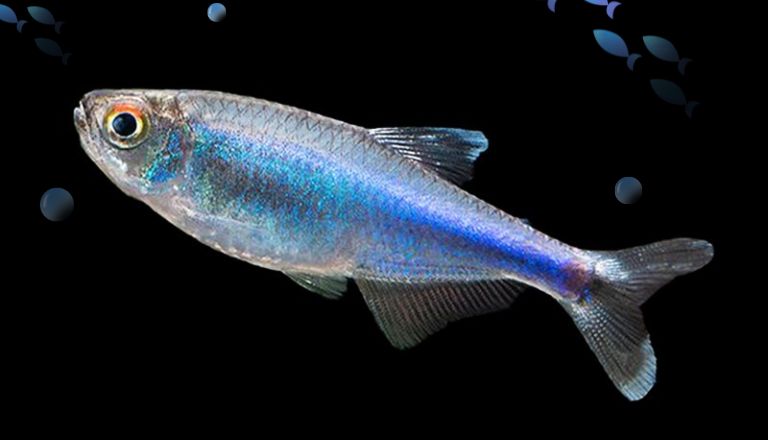
With proper care and attention, your tetras will brighten up your aquarium.
Habitat and Tank Requirements
To create an ideal environment for Blue Tetras, mimic their natural habitat. They thrive in heavily planted tanks with plenty of hiding spots. They prefer gentle water flow and a temperature range of 72-78°F (22-26°C). Use dark substrates like gravel or sand to enhance the color of the fish.
A10-gallon tank is suitable for a small group of Blue Tetras. Provide good filtration and regular water changes to maintain their health. Keep them in groups of at least six individuals. Add floating plants to create shaded areas that mimic their natural habitat. It reduces stress.
Create the perfect habitat and tank conditions for Tetras to promote their well-being. It enhances their vibrant blue coloration. By providing a suitable environment, you can enjoy these active and social fish that thrive in your aquarium.
Tank Conditions
Maintain the right tank conditions to keep Blue Tetras healthy. These fish prefer slightly acidic water with a pH level between 6.5-7.0. Keep the temperature around 75-82°F for optimal comfort.
Provide a well-filtered tank for clean and oxygenated water. Add live plants in the aquarium to mimic their natural habitat. Give them places to hide and explore.To remove any waste buildup and maintain good water quality in the tank. Changes the water regularly.
By creating a suitable environment with proper conditions, your Blue Tetras stay happy and vibrant in their new home.
Disease
Blue tetra disease is a common problem for aquarium owners. The sign of this disease is that the fish start to lose their vibrant blue color. This indicates a bacterial infection. It needs to be treated promptly. In severe cases, you notice sores or lesions on the fish’s body. It can lead to serious health issues if not addressed.
To prevent blue tetra disease, maintain good water quality in the tank. Check the ammonia and nitrate levels regularly. These high levels can stress the fish and make them diseased. Don’t overcrowd the tank. This can contribute to the spread of infections among fish.
Tank Mates
Choose tank mates for Tetras that share similar water temperature and pH preferences. Good companions for Blue Tetras include Rasboras, Corydoras Catfish, and Endler’s Livebearers. Avoid aggressive or large fish. They may bully or eat the smaller Tetras.
A larger tank with plenty of hiding spots and swimming space will reduce stress among fish. Monitor the behavior of your tank mates regularly.
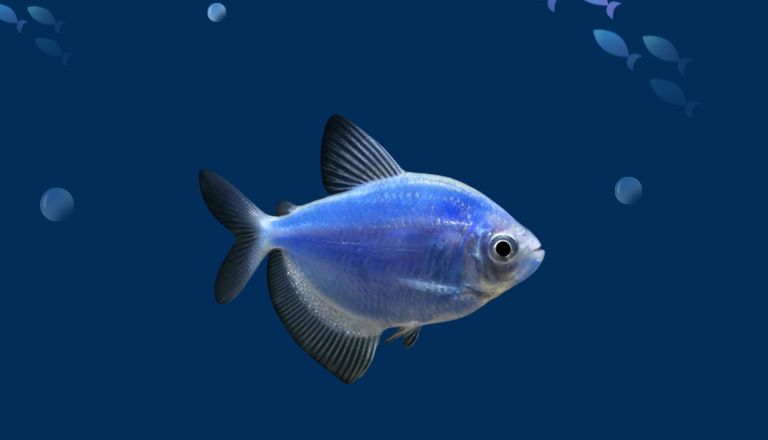
By choosing suitable tank mates and maintaining a healthy environment, you create a vibrant and peaceful community aquarium.
Diet and Feeding
Provide a well-balanced meal to Blue Tetra. These small fish are omnivores. They eat both plant and animal matter. Offer a variety of foods such as live or frozen daphnia, bloodworms, brine shrimp, and high-quality flake or pellet food.
Feed them twice a day in small portions that they can consume in under two minutes. Overfeeding can lead to health issues and poor water quality in the tank. Ensure that their diet includes enough protein for growth and energy.
You can supplement their diet with vegetables like blanched spinach or zucchini for added nutrition. By following these feeding guidelines, you can keep your fish healthy and vibrant in your aquarium environment.
Breeding
Breeding Blue Tetras is a rewarding and fascinating process. To initiate breeding, create the right environment in the tank. Provide plenty of hiding spots with plants and rocks to simulate their natural habitat and encourage spawning behavior.
Male Blue Tetras will start showing off their vibrant colors to attract females when they are ready to breed. The female will then lay eggs among the plants, which the male will fertilize by releasing sperm over them. After this mating process, remove the adult fish from the tank to prevent them from eating the eggs or fry.
The eggs hatch within 24-36 hours. Keep the tank water clean and maintain optimal conditions for the fry’s growth and development. With proper care and attention, these tiny Blue Tetra fry grow into beautiful adult fish in a matter of weeks.
Conclusion
Caring for blue tetras is a rewarding experience for fish enthusiasts. By providing them with a suitable environment, proper diet, and regular maintenance, you can ensure their health and happiness. Understand their behavior and social needs to create a thriving community tank.
Monitor water quality and temperature regularly to prevent any issues. With the right care and attention, Tetras brighten up your aquarium with their vibrant colors and playful nature. Start your blue tetra care journey today!
FAQs
How To Care For a Blue Tetra?
To care for a blue tetra, provide them with a well-maintained aquarium that has plenty of plants and hiding spots. Keep water temperatures between 75-82°F and slightly acidic to neutral water conditions. Feed them a varied diet of high-quality flake or pellet food, supplemented with live or frozen foods like bloodworms or brine shrimp. Change water regularly. Use proper filtration.
Are Blue King Tetras Aggressive?
Blue king tetras are peaceful and not aggressive towards other fish. They make great additions to community aquariums.
How Many Tetras Should be In a Group?
Tetras are schooling fish and thrive in groups of at least six individuals. It is recommended to keep them in a group of 6-8 tetras in a tank for their well-being and social behavior.
Do Tetras Need a Bubbler?
Tetras do not need a bubbler in their tank because they can thrive in well-oxygenated water without additional aeration.
How Many Tetras Can Fit in a 20-gallon Tank?
In a 20-gallon tank, it fits around 15-20 tetras. It depends on the specific species and their size at maturity.

